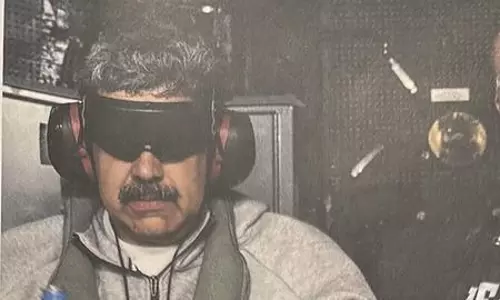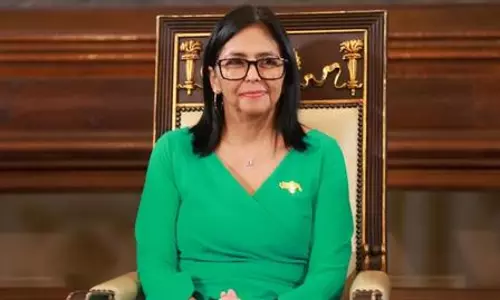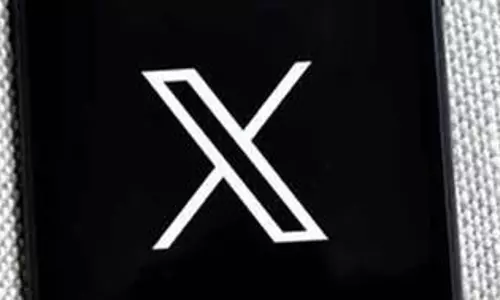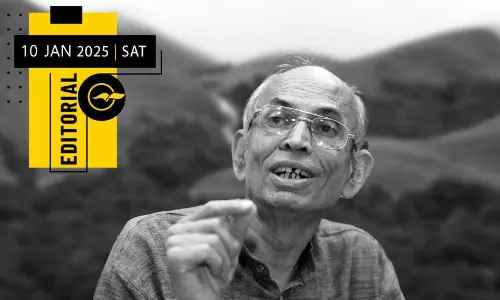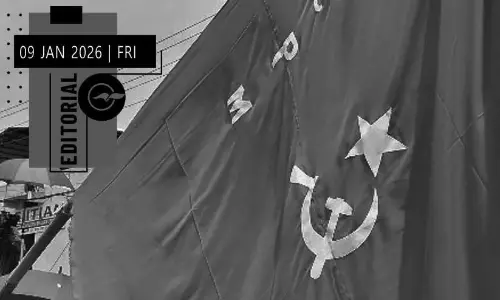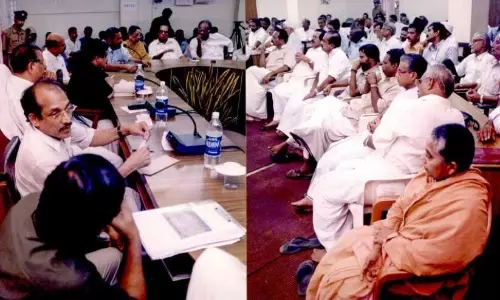
2018 Physics Nobel Goes to Trio of Laser Experts
text_fieldsStockholm: The 2018 Nobel Prize in Physics has been awarded to Arthur Ashkin, Gérard Mourou and Donna Strickland for having "revolutionized laser physics," as per a press release from the Nobel Committee. All three have used physics to have significant contributions to human health.
The award, which along with global recognition comes with 9 million Swedish krona ($998,865), will be split, with half going to Ashkin and the other half to Mourou and Strickland.
The Royal Swedish Academy decided to award the Prize in Physics 2018 “for groundbreaking inventions in the field of laser physics” with one half to Arthur Ashkin and the other half jointly to Gérard Mourou and Donna Strickland.
Ashkin's award is being given for his ability to "realize an old dream of science fiction – using the radiation pressure of light to move physical objects." Citing scientific legends like Kepler and James Clerk Maxwell, the Nobel Committee says that Ashkin's development of what was first called an all-optical single-beam trap and later became known as "optical tweezers."
In 1987 Ashkin and his team were able to send a laser through a microscope's objective lens and trapping particles varying in size from a tens of nanometres up to tens of micrometres (20 mm is equivalent 0.00078 inches). While the idea was at first considered for trapping and manipulating atoms, Ashkin quickly moved towards biological uses.
Ashkin was able to prove that "optical tweezers" were capable of trapping and manipulating atoms instead.
Mourou and Strickland have won the Nobel for their work in 1985 in what was Strickland's first-ever scientific paper. The two were able to create what's known as a chirped pulse amplification, or CPA, a ultrashort high-intensity laser pulse.
The pulses have proven to have a number of practical applications, ranging from industrial to furthering physics research. But perhaps the most well-known application is laser-assisted in situ keratomileusis, better known as LASIK eye surgery. CPA techniques allowed for the creation of a femtosecond laser, which sends out ultrashort pulses. Femtosecond lasers reduce shockwaves in even the most delicate surfaces, like the human eye.
At 96, Ashkin is the oldest-ever winner of a Nobel Prize. Strickland is only the third woman to be given the Nobel Prize for physics in the award's history.




